Jianlan
1. Variety problem
For example, xiaotaohong, Qingshan Yuquan, Chaoyang Sanxing, JUNHE, Xueyu and Jinhe are relatively easy to blossom, while other varieties are slightly difficult to blossom
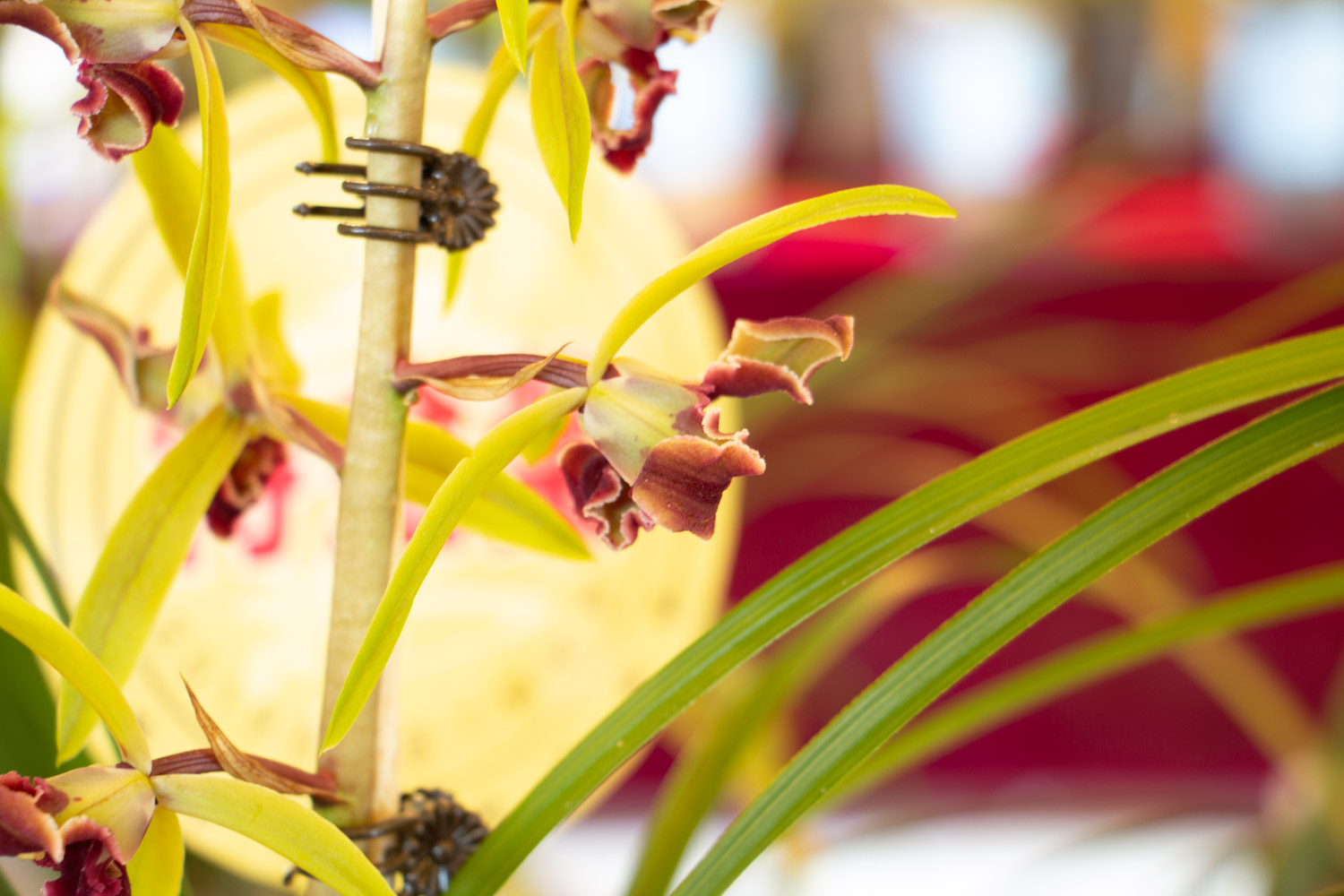
2. Is the temperature appropriate
The flowering of Jianlan generally requires a relatively high temperature. The indoor temperature should be about 26 ~ 30 degrees. In this way, Jianlan can basically bloom after about a month
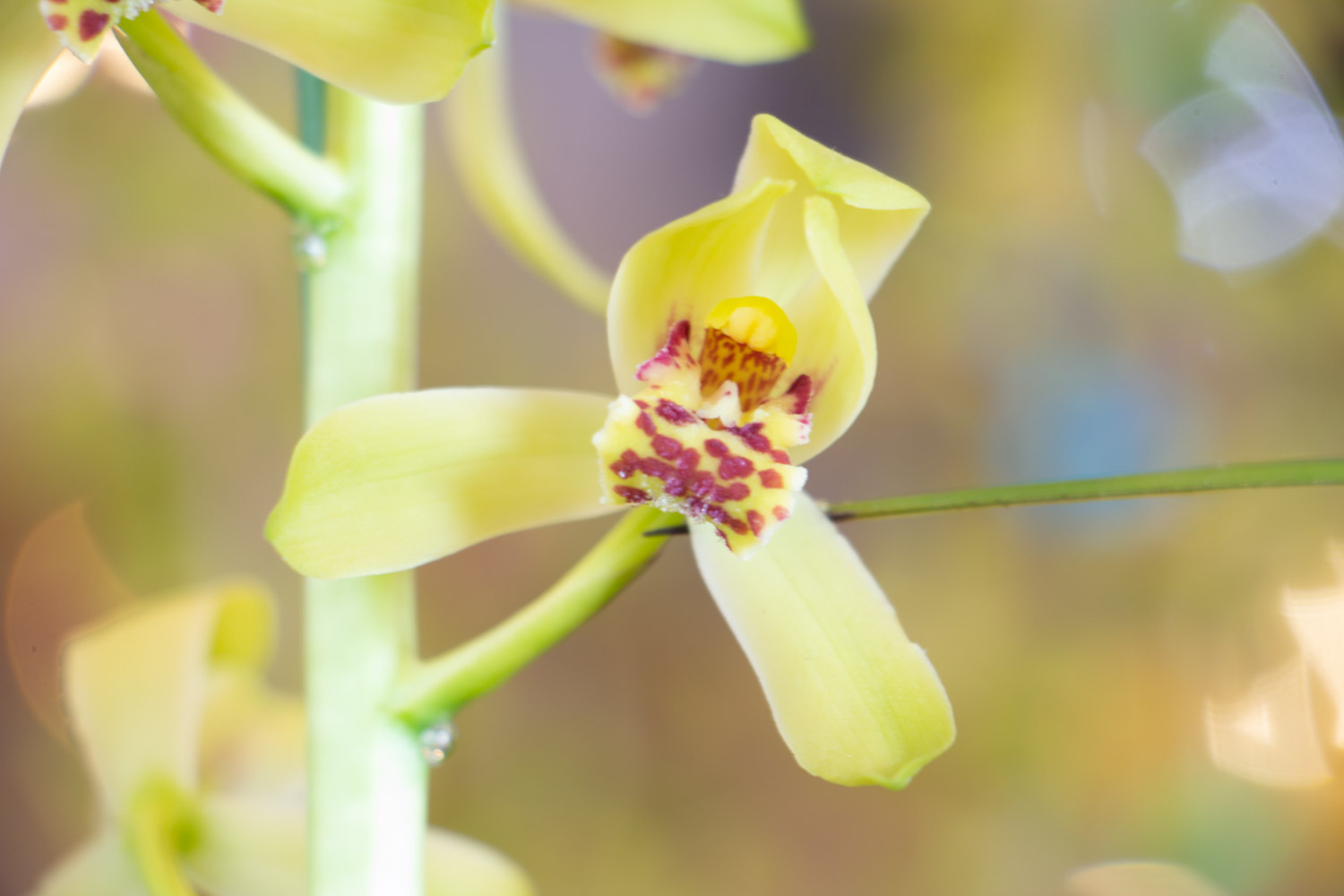
3. Lack of phosphorus and potassium fertilizer
Flowering is a stage that needs to consume a lot of nutrients, and phosphorus and potassium fertilizer is an indispensable material during flowering. Therefore, apply more phosphorus and potassium fertilizer, thin fertilizer and apply it frequently. Don't go up to a lot of fertilizer, so Jianlan will be burned alive
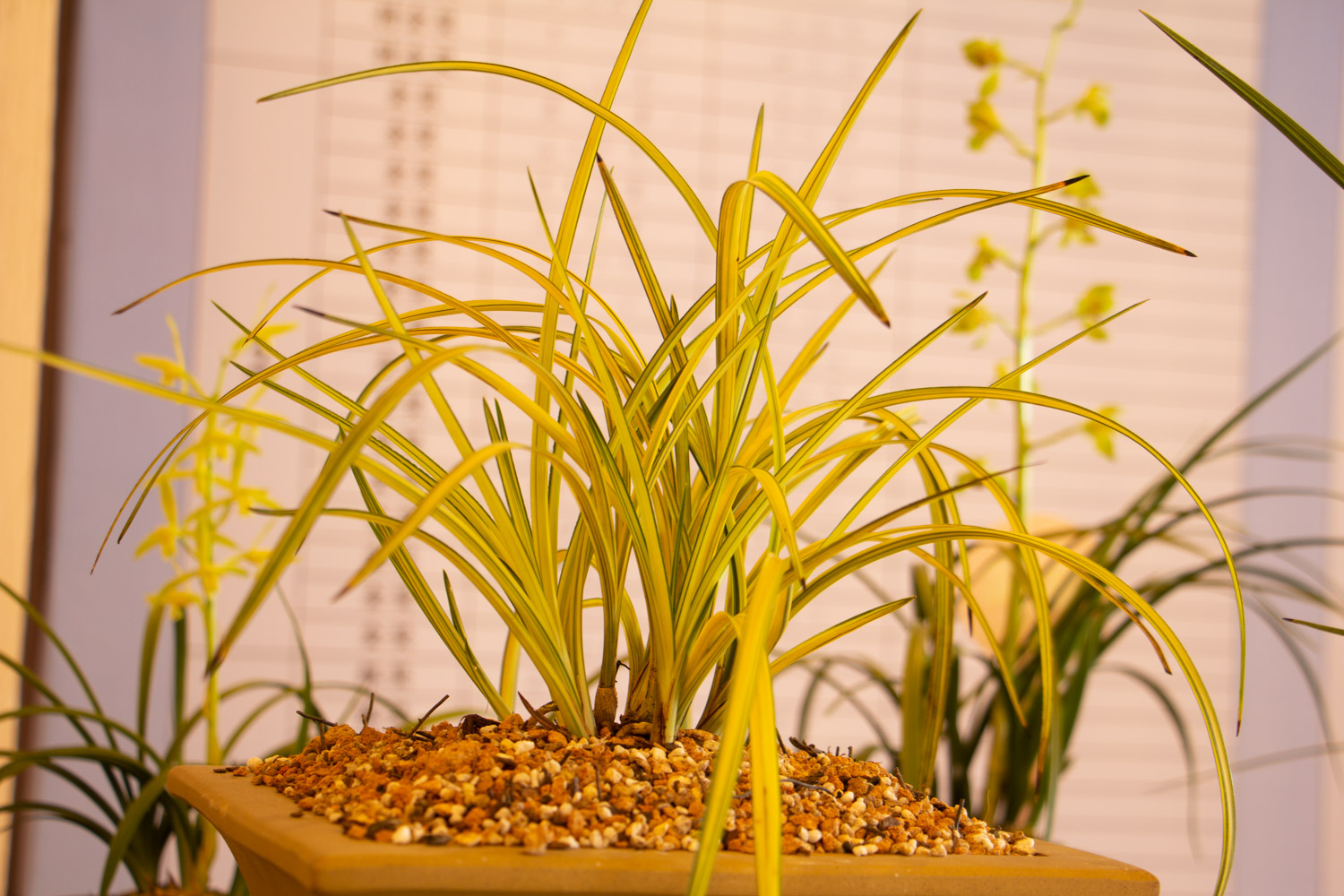
4. Illumination
In any case, put your Jianlan in a place that can be exposed to the sun. The sun is softer now. It doesn't matter if it is directly exposed to the sun. It can also promote photosynthesis and increase the nutrient storage in plants
Moran
1. Water control
Water should be controlled during flower bud differentiation. Potassium dihydrogen phosphate is often sprayed on the leaves to strengthen the seedlings. It is difficult not to bloom
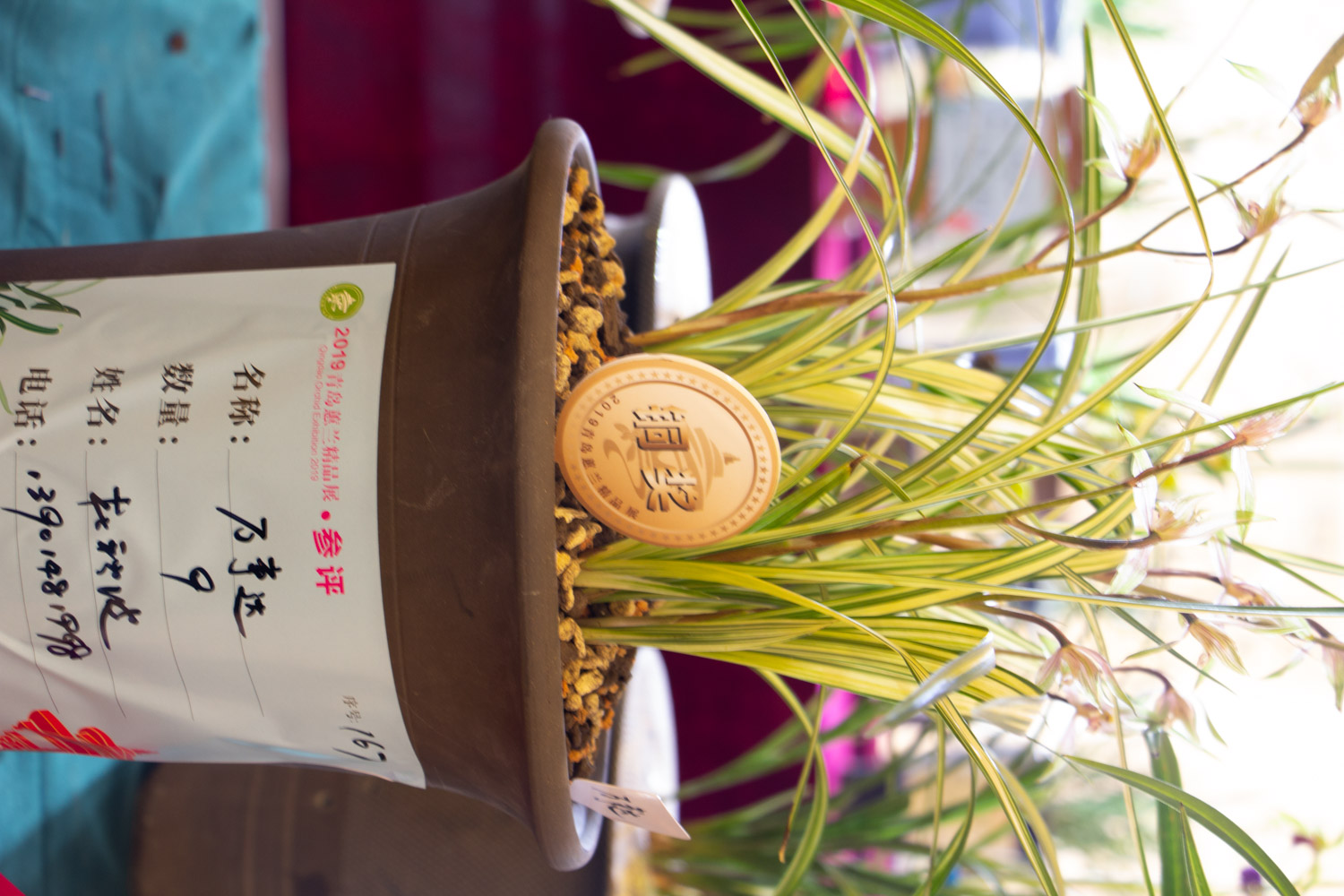
2. Insufficient humidity
Autumn and winter in the north are relatively dry, so it is best to use humidifier to improve indoor humidity
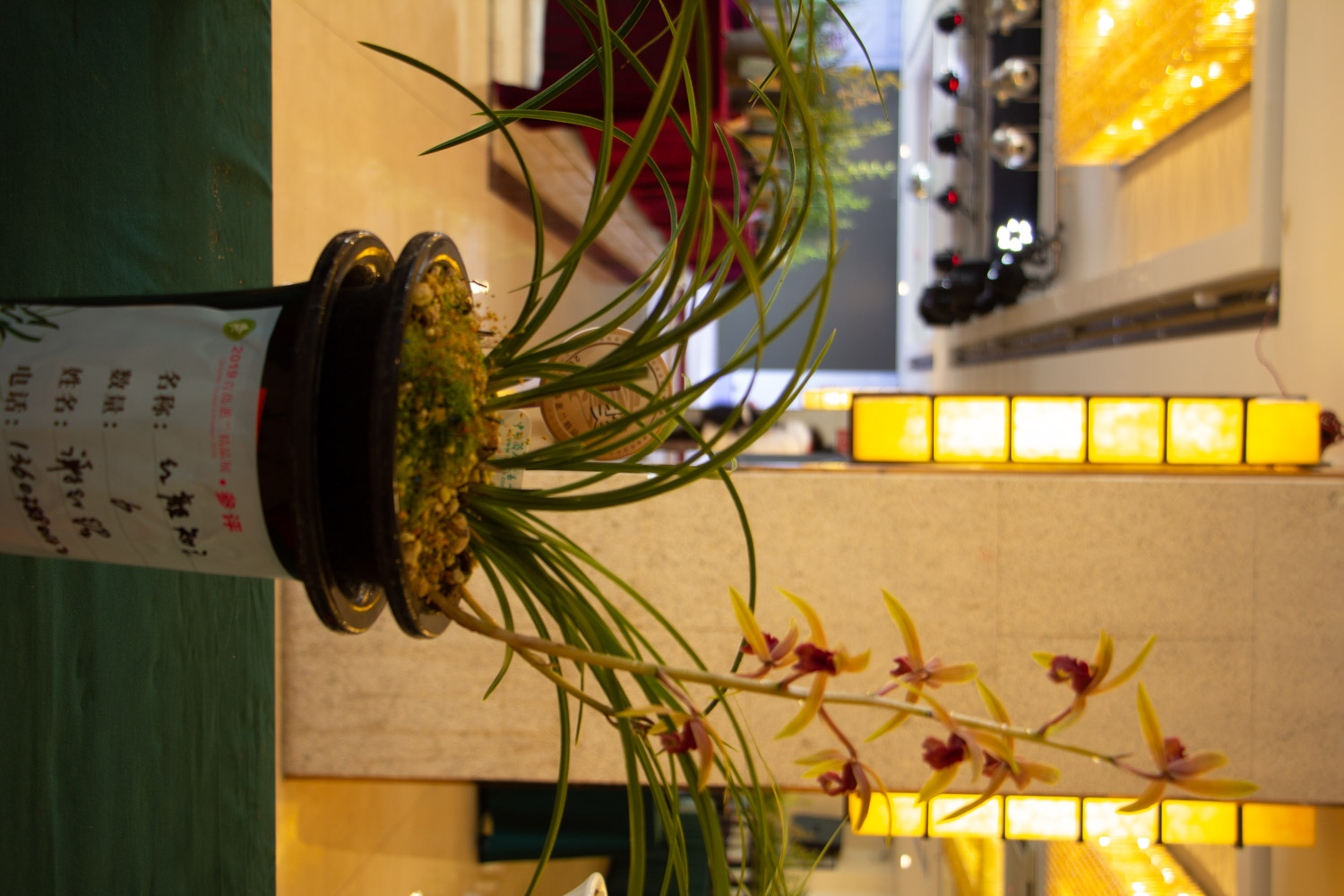
3. Illumination time
In addition, in winter, if there is no sunshine due to frequent overcast days, we should use fluorescent lamps to increase the illumination time of Moran
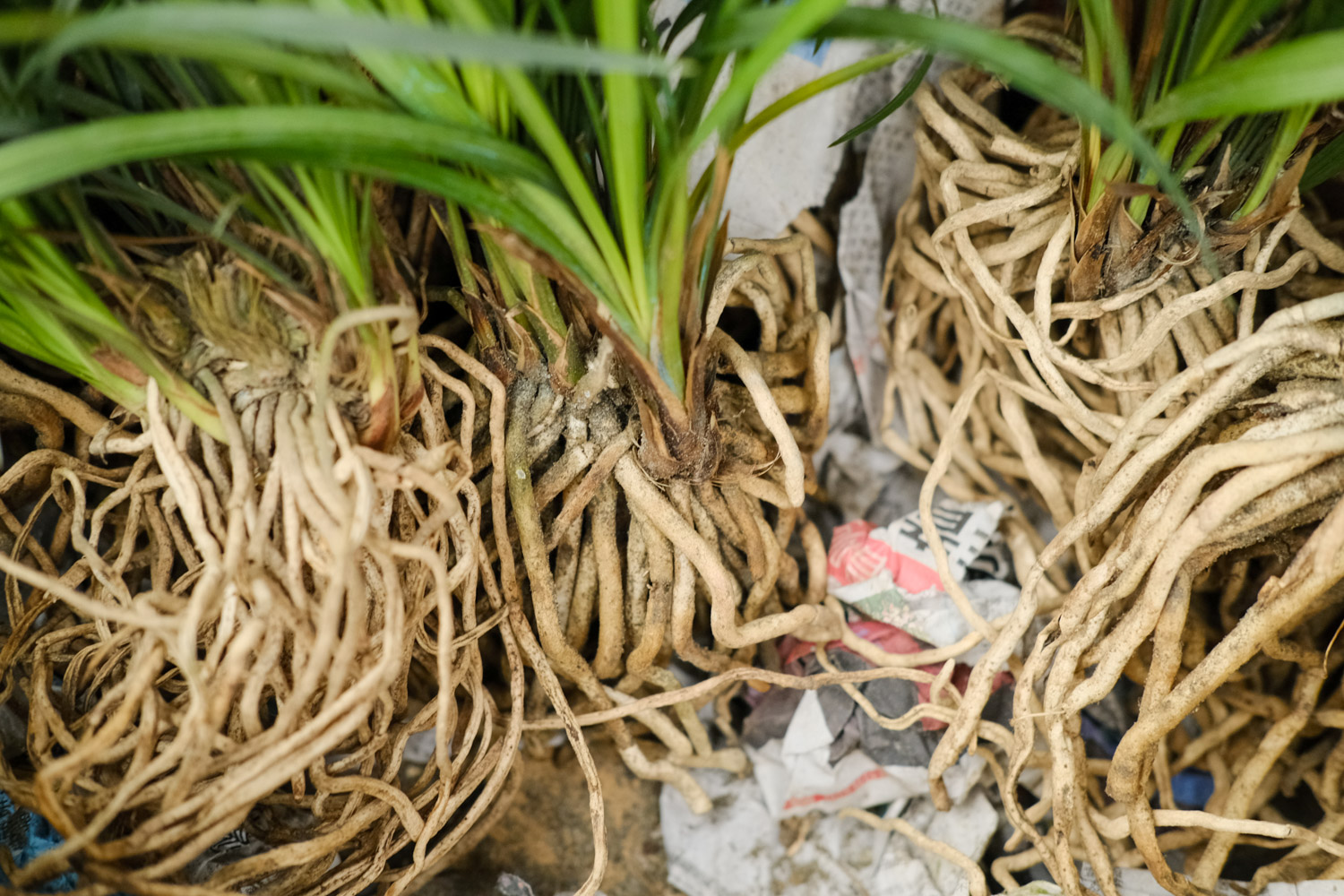
4. Apply more phosphorus and potassium fertilizer
Nitrogen fertilizer can promote plant growth, while phosphorus and potassium fertilizer can promote plant flowering
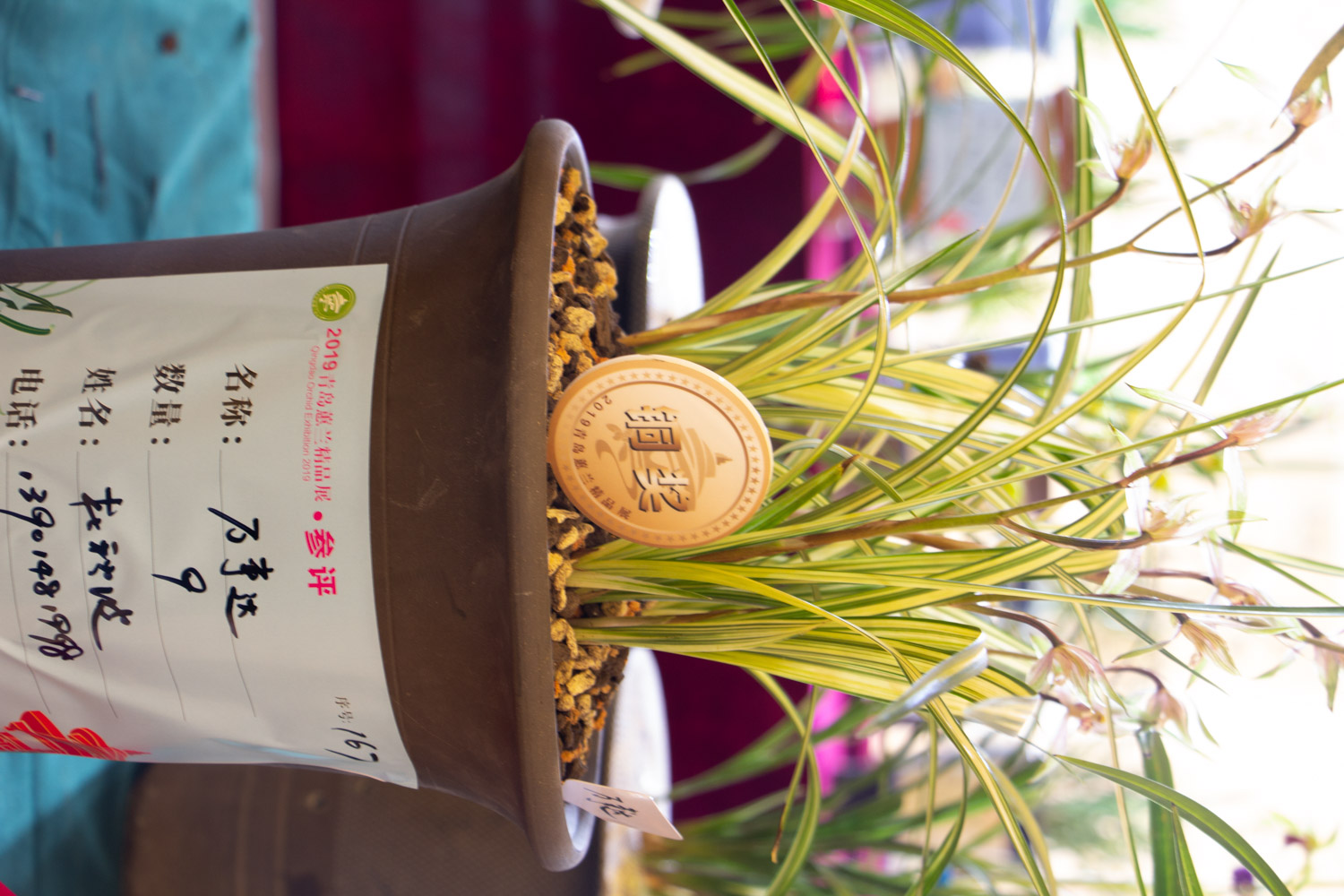
Hanlan
1. Variety selection
Make sure your Hanlan variety is easy to blossom, and some of them don't like flowering. It's the key to determine whether the Hanlan you bought likes flowering~

2. Increase ambient humidity
Because the cold orchid itself grows in the wet ditch, it has high requirements for air humidity
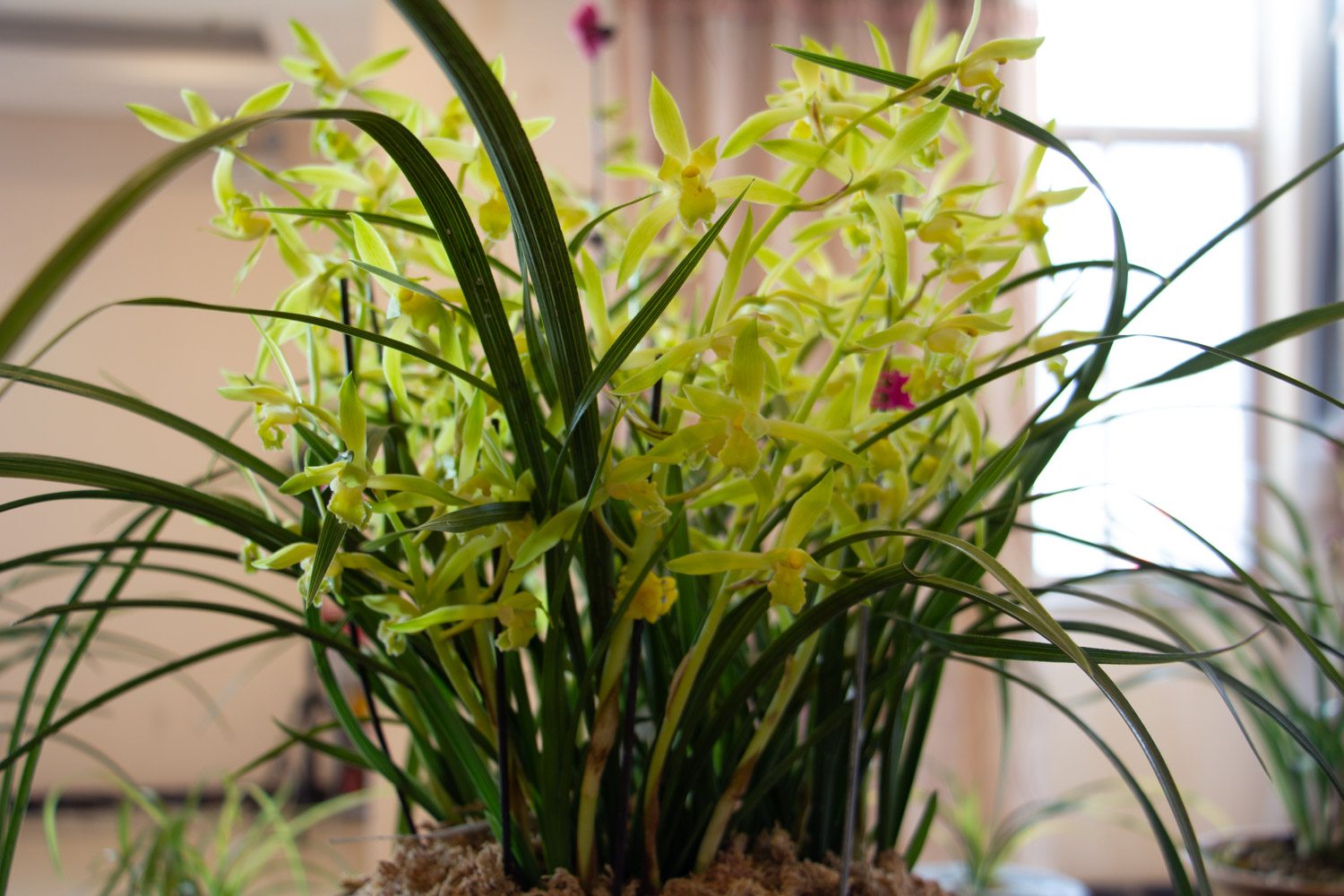
3. Insufficient light
The sun in autumn and winter is not very strong and can accept full-time illumination. Illumination is one of the sources of orchid nutrients
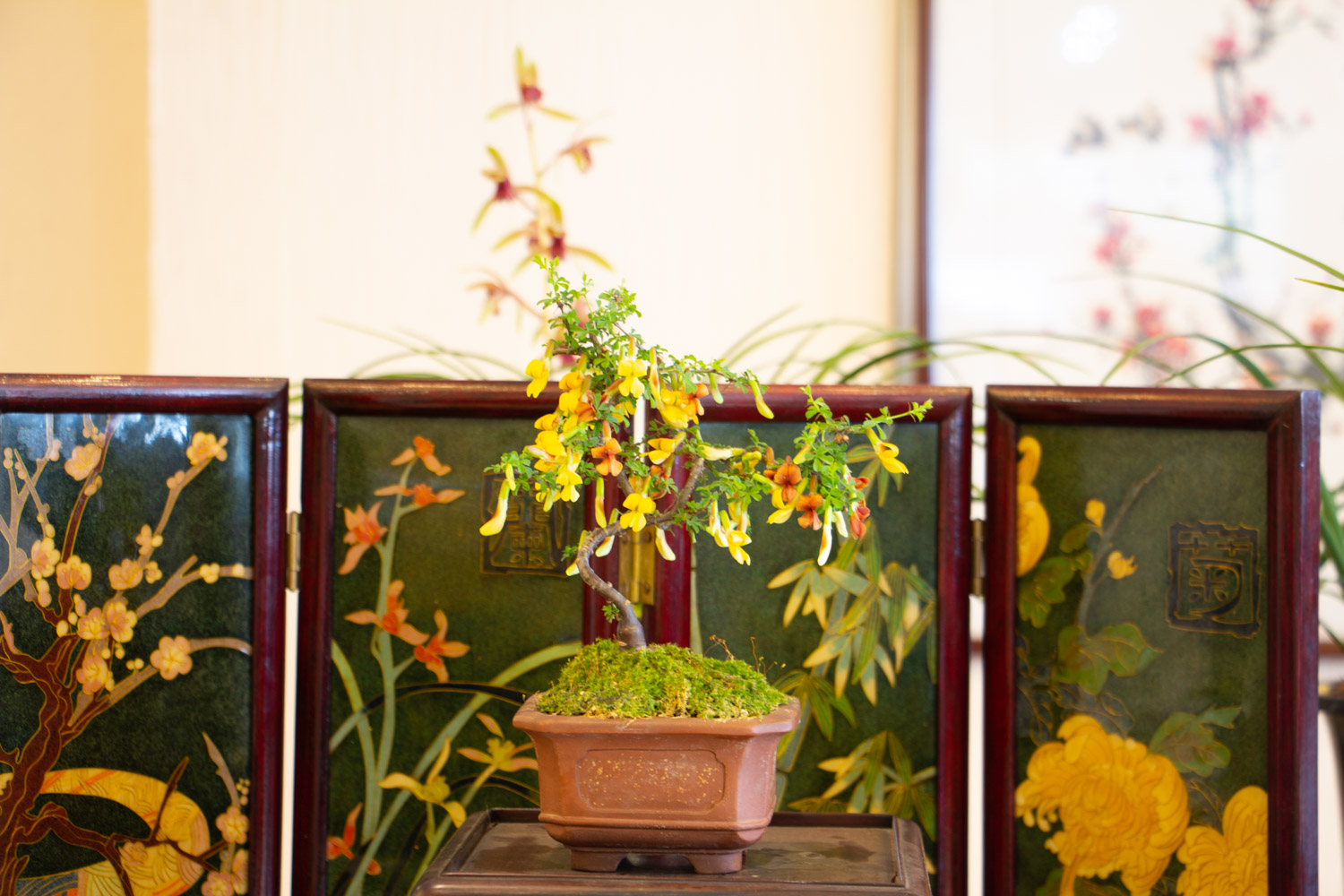
Chunlan
1. The light is too weak
This is the main reason why many orchids don't bloom. It takes at least 2 ~ 3 hours of light
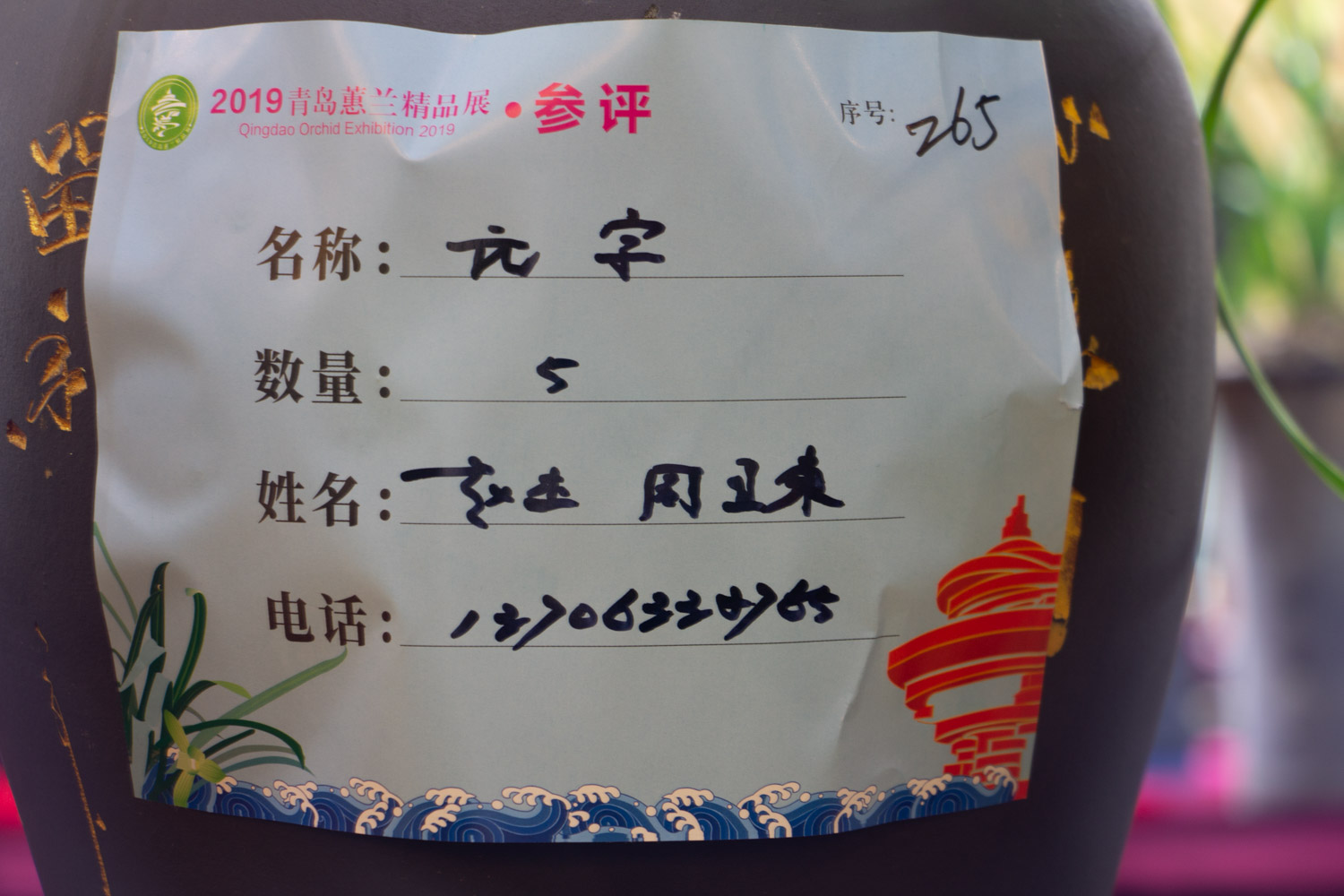
2. Insufficient humidity
If it is in the north, the dry climate will also cause great obstacles to the flowering of Chunlan, so flower friends in the North pay attention to moisturizing and humidifying
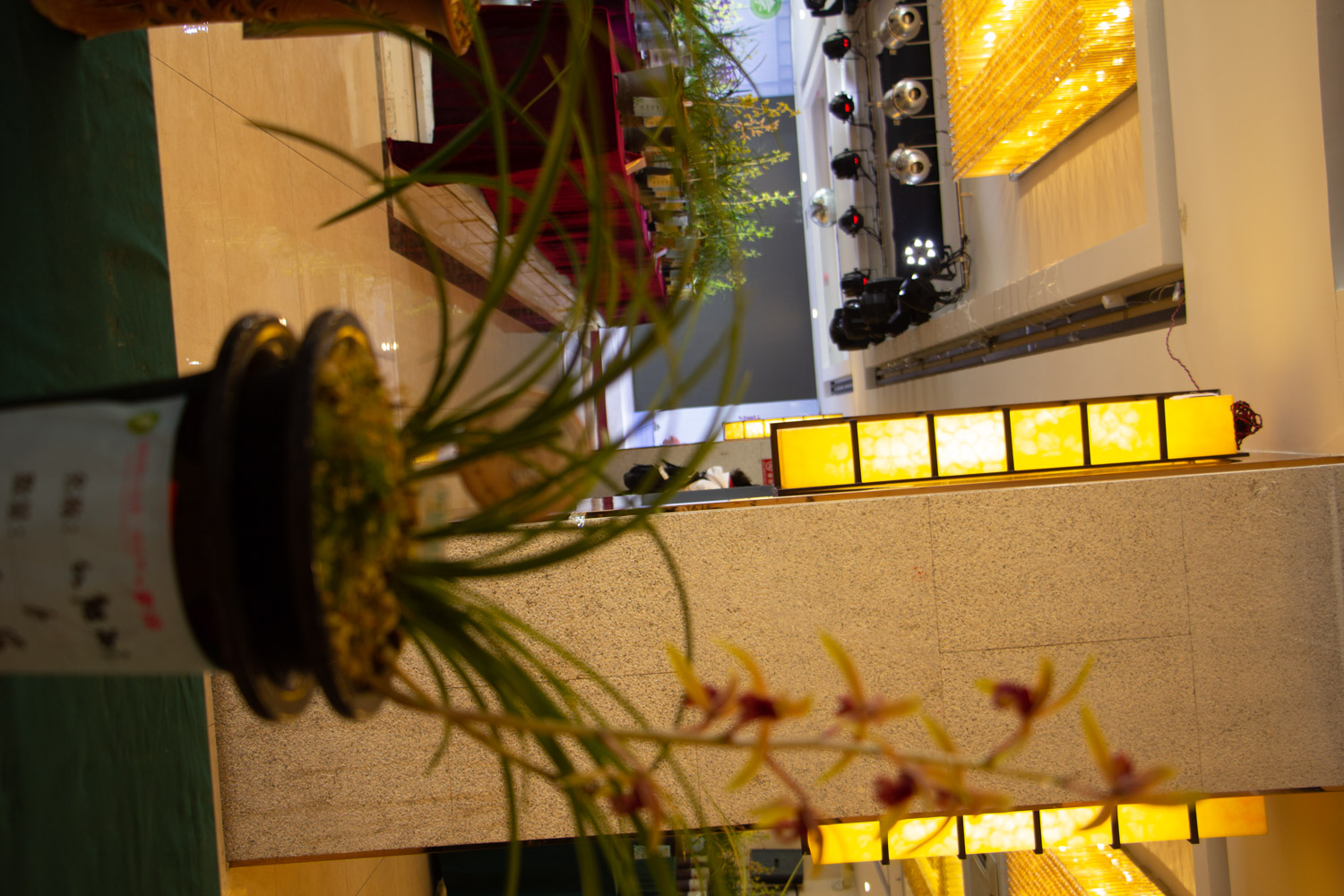
3. Insufficient temperature
It is best to keep the temperature difference between day and night at about 10 degrees, that is, it grows best and blooms more under the temperature of 18 ℃ ~ 21 ℃ during the day and 7 ℃ ~ 10 ℃ at night
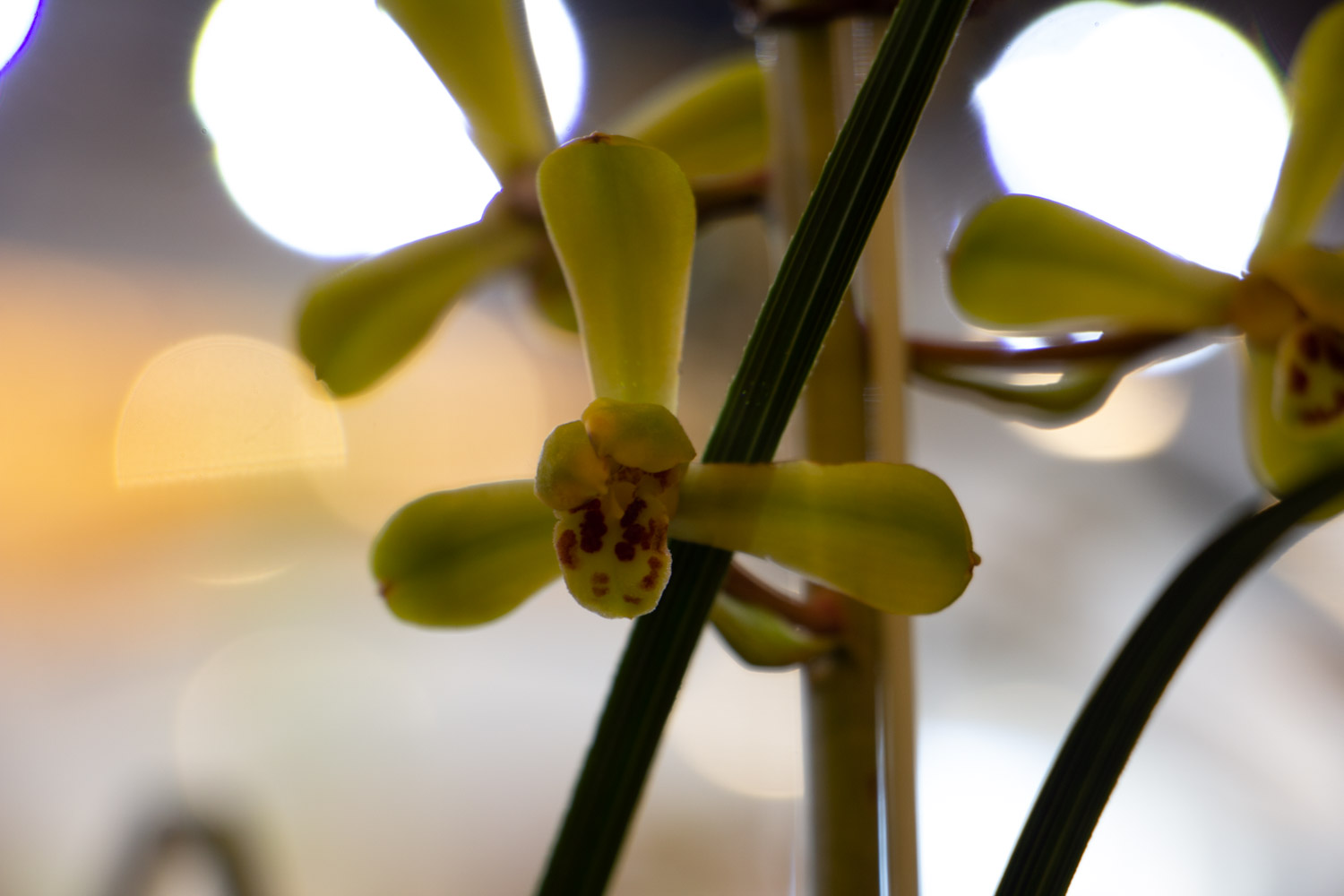
Phalaenopsis
1. Insufficient temperature and humidity
Phalaenopsis likes the environment of high temperature and humidity, so if you want Phalaenopsis to blossom, you should strengthen the indoor humidity and temperature. The suitable growth temperature of Phalaenopsis is 16 ℃ to 30 ℃

2. Watering problem
Phalaenopsis likes a high humidity environment, but it can't accumulate water. The temperature is low in winter, so watering once a week is enough. It's best to water when the temperature is warm at noon
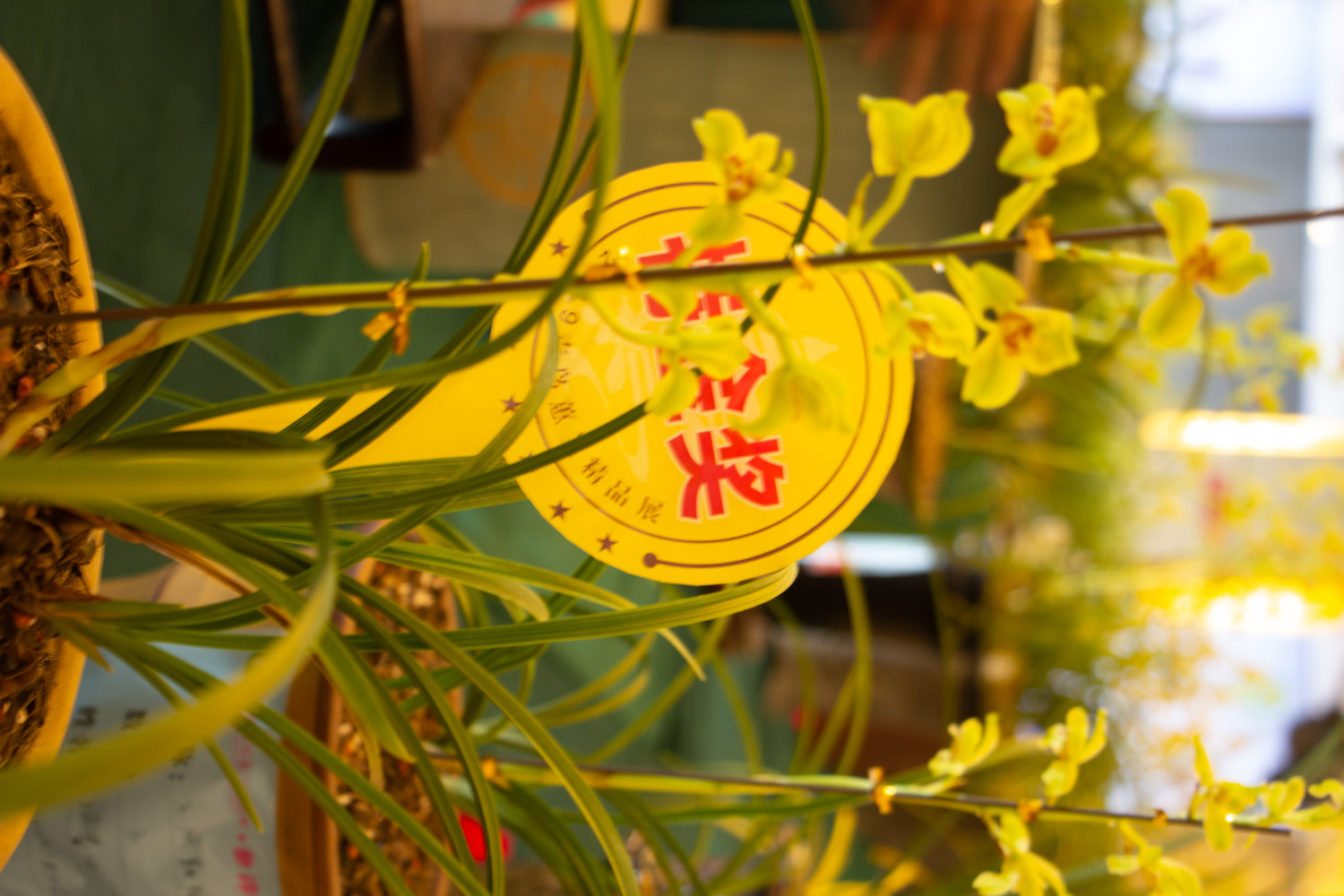
3. Insufficient light
Put Phalaenopsis in a bright living room. Phalaenopsis can't accept direct light. At the same time, the ventilation must be better
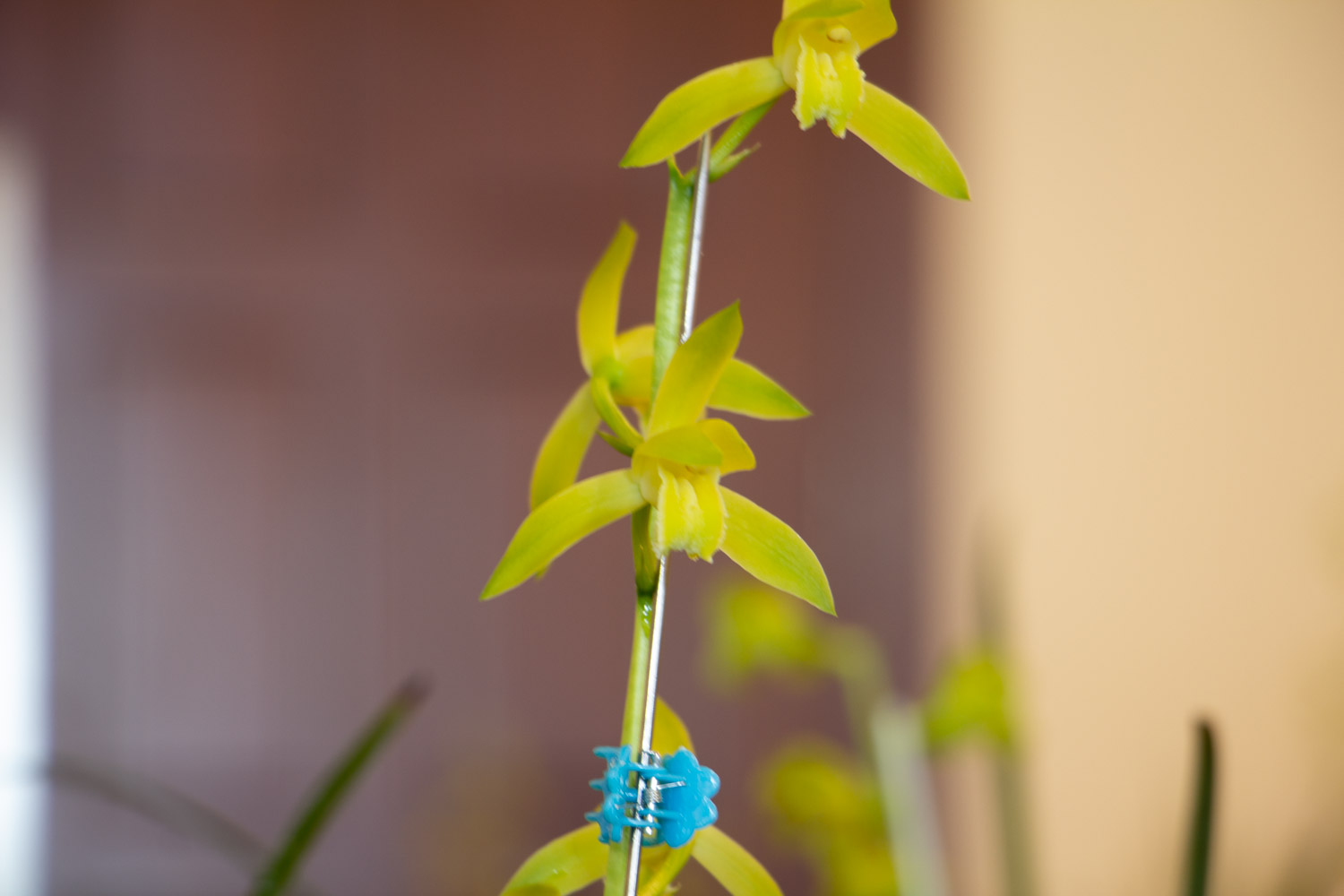
4. Insufficient fertilizer
Phalaenopsis should not stop fertilizing all year round unless the low temperature lasts for a long time. Winter is the flower bud differentiation stage of Phalaenopsis, and stopping fertilizer can easily lead to no flowers or less flowers
Some things are better to do now~
There will be beautiful orchids at that time ~

 how many times do yo...
how many times do yo... how many planted tre...
how many planted tre... how many pine trees ...
how many pine trees ... how many pecan trees...
how many pecan trees... how many plants comp...
how many plants comp... how many plants can ...
how many plants can ... how many plants and ...
how many plants and ... how many pepper plan...
how many pepper plan...





























